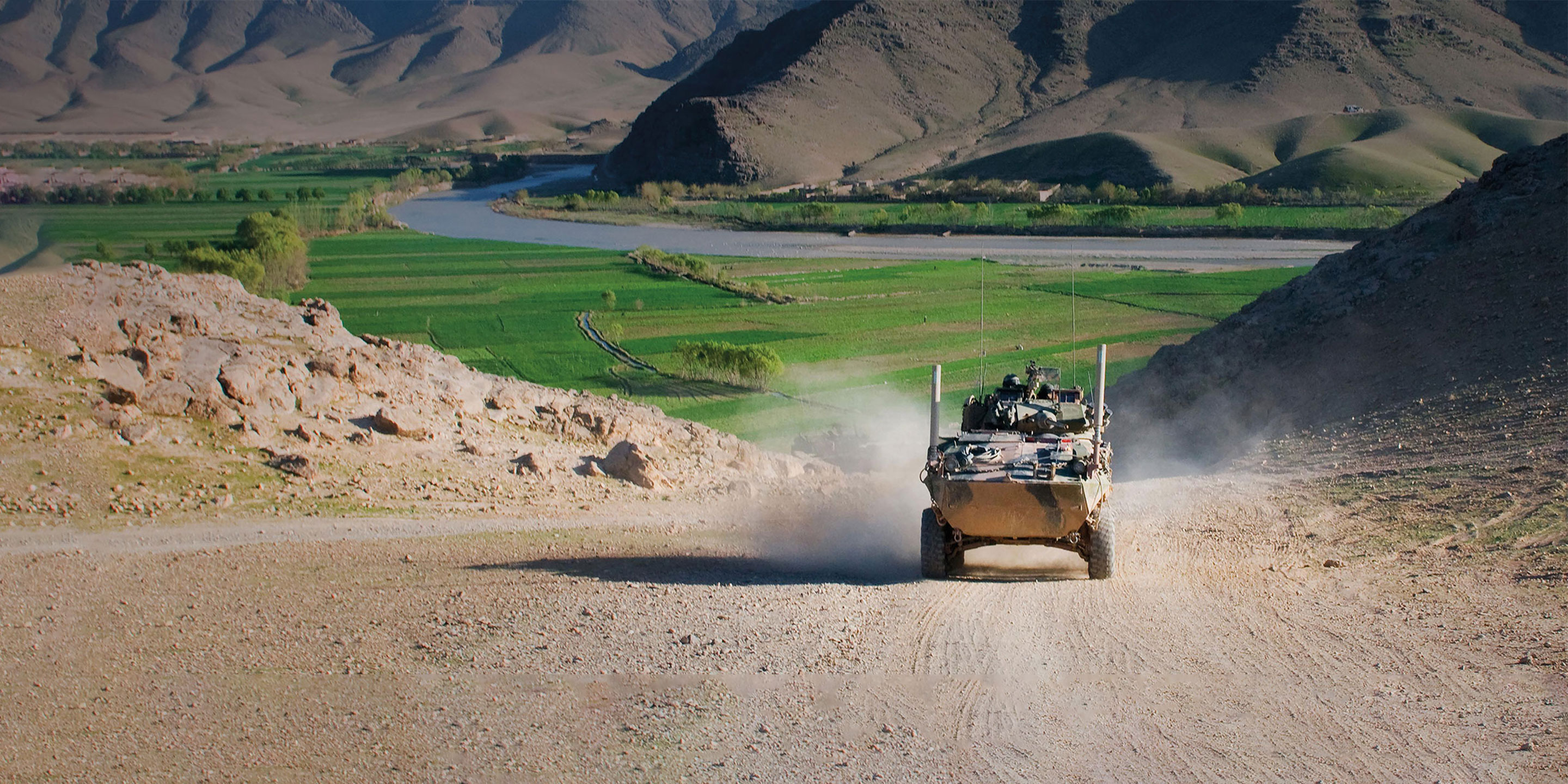- Defense
How to be resilient to GNSS denial for your tactical vehicles with Ursa U5


Introducing Advans Series
Although the need for a reliable, high performance INS is already accepted for long range radar, air-defense weapons and targeting systems as well as all calibers artillery launchers, INS for land vehicles’ navigation are still catching up. So far, land forces mostly relied on GNSS (GPS, Galileo…) based solutions for its navigation needs. This proved effective enough for asymmetrical conflicts. With the increasing tensions between global and local superpowers, this might not be enough anymore. High intensity conflicts brings a whole new range of threats, among which spoofing and jamming. Loosing critical battlefield navigation due to the jamming of the GNSS signal could lead to failure of operations, or worse. Hence the need for a reliable, high performance, gnss-free option.
iXblue pioneered the Fiber-Optic Gyroscope (FOG) technology and has long since perfected it, reaching an unmatched level of performance, thanks to its expertise and developments of the FOG based INS over the years. iXblue has developped its Advans Series inertial navigation solutions on this foundation, covering the whole spectrum of land defense applications. This solution has already been trusted by several armies and industrials around the world for its positioning and pointing abilities.
True Inertial Navigation for GNSS Denied Environments
Most INS for land forces installed in combat platform rely on GNSS to star-up and maintain navigation, whereas iXblue’s INS work independently from external sources. It is the only fully gyrocompassing solution available for land vehicles. Thanks to its 3 fiber optics gyroscopes, iXblue’s Advans Ursa U5 can register translation and rotation on 3 axis and provide accurate positioning with a low 0.4% drift of the distance traveled. So, for instance, for every 10km traveled, the INS will have a 40m drift maximum. A drift is common to all INS, no matter the technology, and can be fixed with a repositioning procedure, using a waypoint on the map (road layout for example). The advantage of iXblue’s Ursa U5 is not only the full independence to external sensors, but also the outstanding performance in distance between each repositioning. In addition, by not relying on a GNSS, the vehicle’s navigation is jamming & spoofing proof. iXblue’s Ursa U5 INS is therefore the ideal, cost-effective choice to ensure the critical navigation of land vehicles.
Cost-effective, Ready to Equip Entire Fleets
High performance INS are common in land forces, but they were until now dedicated to systems requiring accurate pointing like long range radars, artillery launchers, etc. Their benefits easily justify their price. As a result, tactical vehicle like infantry fighting for example could not afford true INS (meaning INS able to start-up and navigate without GNSS), not only because the expected performance was not as high, but also because the land programs’ scope are higher. They can cover up to thousands of new or modernized vehicles. Budgets not being unlimited, the cost of equipping an entire fleet with inertial navigation systems can prove too high, for benefits that are still harder to grasp than in the radar or artillery programs.
iXblue kept its Ursa U5 cost-effective, providing a high level of performance while still being able to equip an entire fleet. True INS are now affordable for complete fleets of tactical vehicles. The benefit of an INS equipping vehicles is getting clearer as the international context and technology develop. With increasing collaborative combat capabilities (such as Scorpion program’s SICS), the consequence of losing navigation can impact the whole network of connected vehicles on the front line. As mentioned earlier, it is a given that in a high intensity conflict, GNSS cannot be relied on to provide said navigation (easily jammed & spoofed). It is not far-fetched to extend this problematic to future asymmetrical combat neither.
INS are going to be a key element of combat vehicles. Ursa U5 is a mature, high performance, and cost-effective solution to ensure land operations remain unaffected by these new threats, and easily installed onboard complete fleets.
Installation Process and Maintenance: Less is More
Ursa U5 is a plug-&-play system. Weighting under 4kg, with a low volume of 166x160x136 (mm), it is easy to manipulate and install, using a web-based interface for configuration. Answering MIL-STD standards and resistant to shocks up to 40g/10ms, the INS is sturdy and answers the need for a rugged, no non-sense system. It can just as easily be removed from a vehicle. All of this without leaving the FOB, directly done by field level technical operators. This allows for increased flexibility, both to answer urgent situations and to carry out special operations.
Thanks to the FOG technology on which it is based, Ursa U5 doesn’t require any periodic maintenance. Indeed, iXblue’s INS do not have any moving part. With a mean time before failure of over 100,000 hours, Ursa U5 is among the most reliable land INS available.


